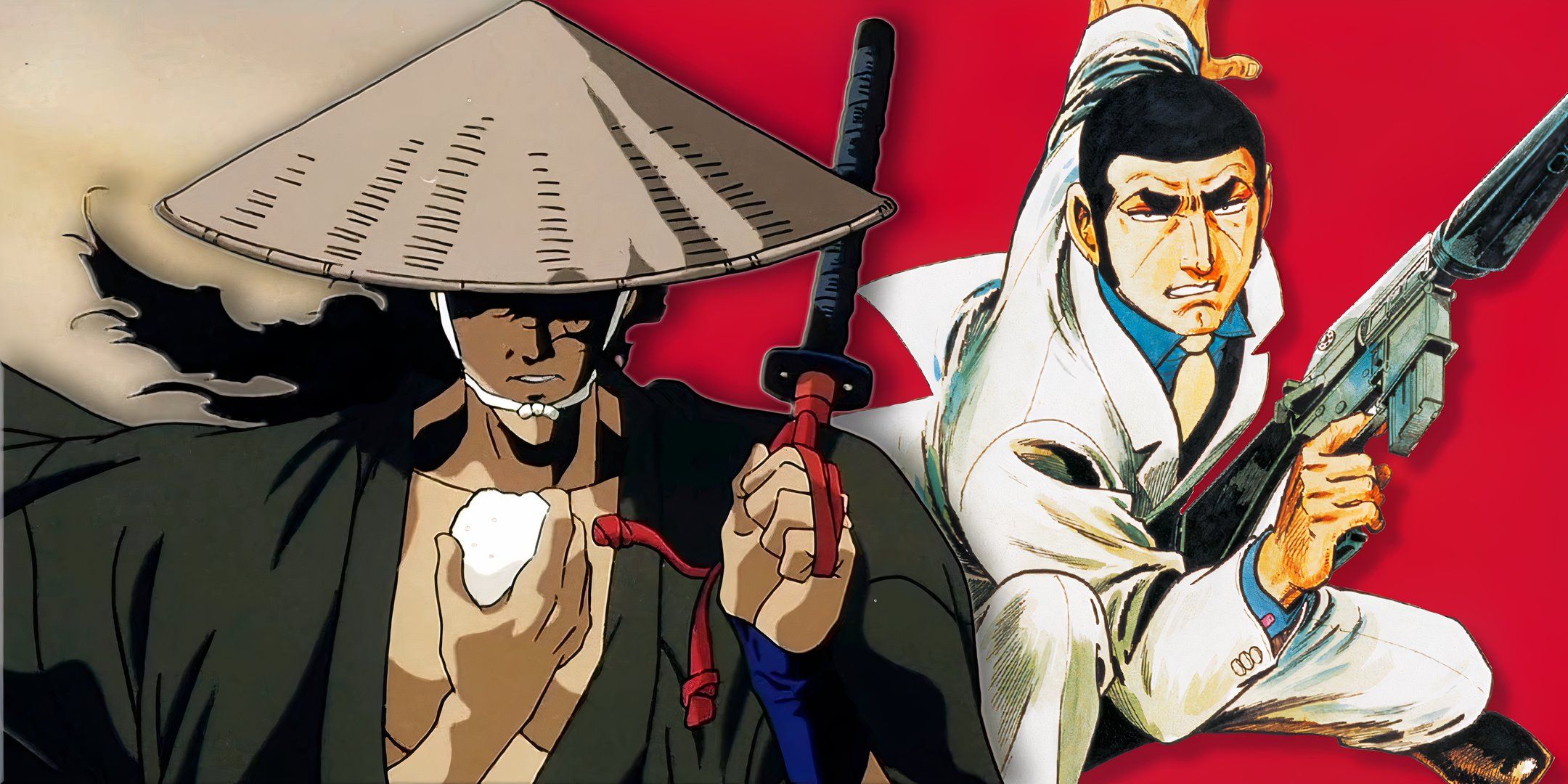
A lot of older movies heavily used common themes and styles popular at the time, but those elements haven’t held up well today. Some unnecessarily included graphic or sexual violence as a predictable story element. Others portrayed women, people of color, or difficult subjects like trauma in ways we now consider exploitative. While the skill in making these films is still apparent, there are also some troubling aspects. This doesn’t erase their importance in anime history, but it does mean we should watch them carefully and critically. It’s fine to recognize a film’s impact, but we don’t need to agree with or support every decision the filmmakers made, particularly if those decisions show outdated or harmful ideas.
Many older anime movies are highly respected, almost like important historical works. Perfect Blue is often celebrated as a groundbreaking psychological thriller, and Ninja Scroll has had a huge impact on action movies in animation. Both films were incredibly influential, changing how people thought about anime both in Japan and internationally. They played a key role in establishing anime as a serious art form, moving away from the idea that it was just for kids. However, even though these films are historically significant, watching them today, in 2025, might be quite difficult.
The Sexual Violence In Ninja Scroll Overshadows Its Legacy
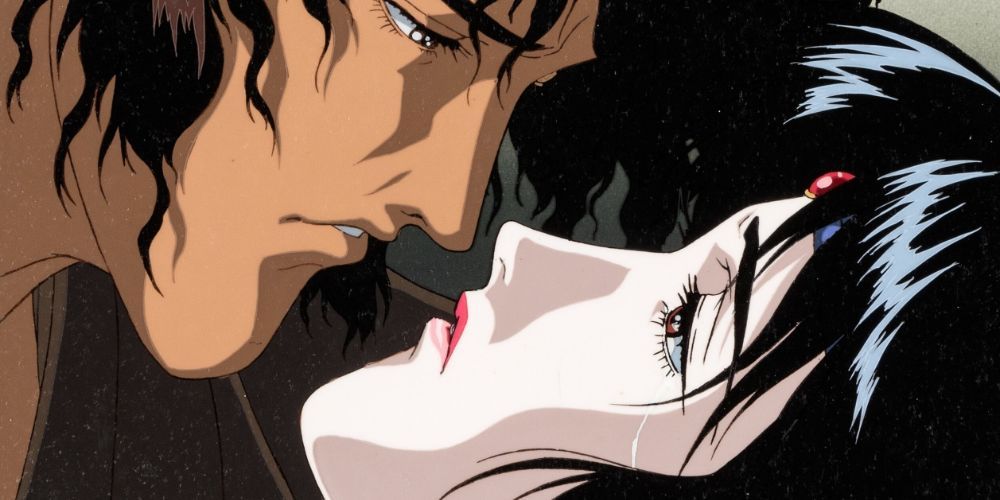
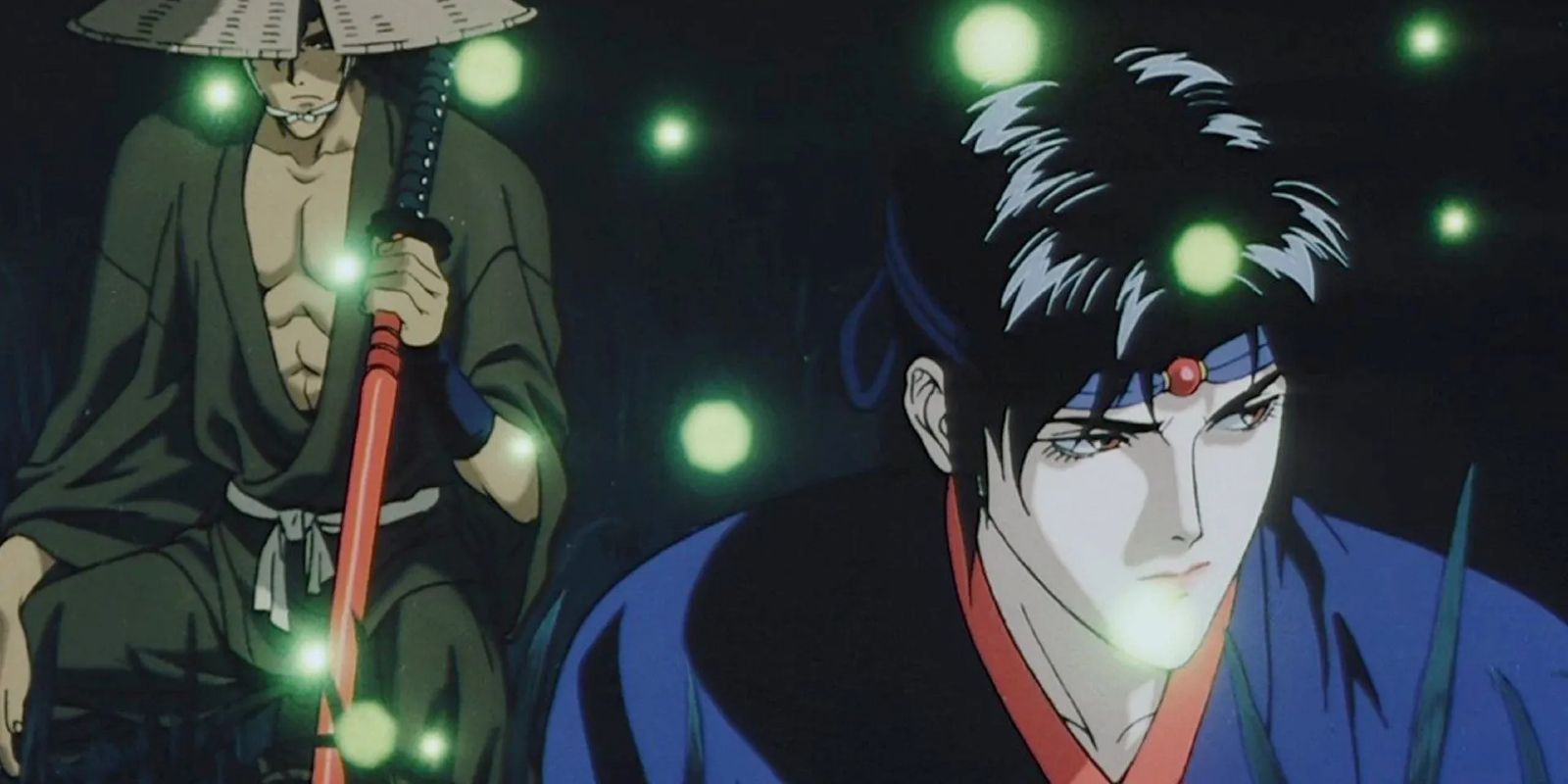
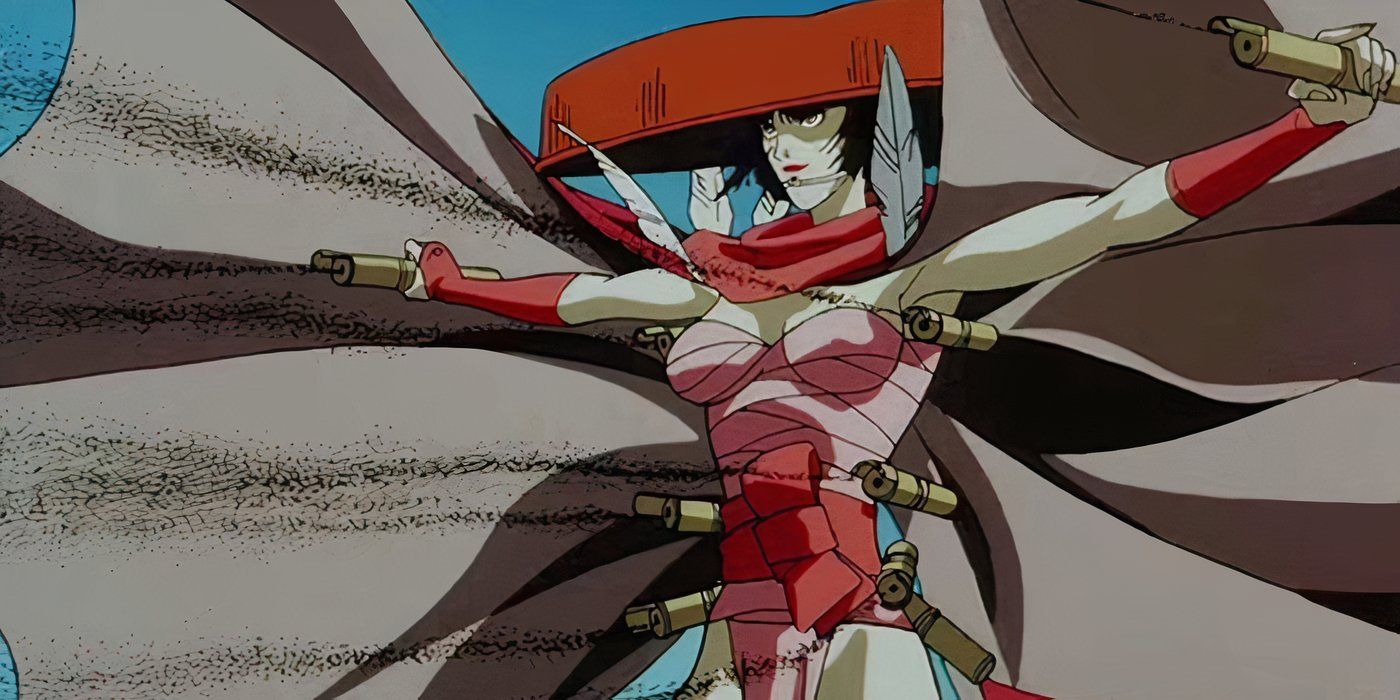
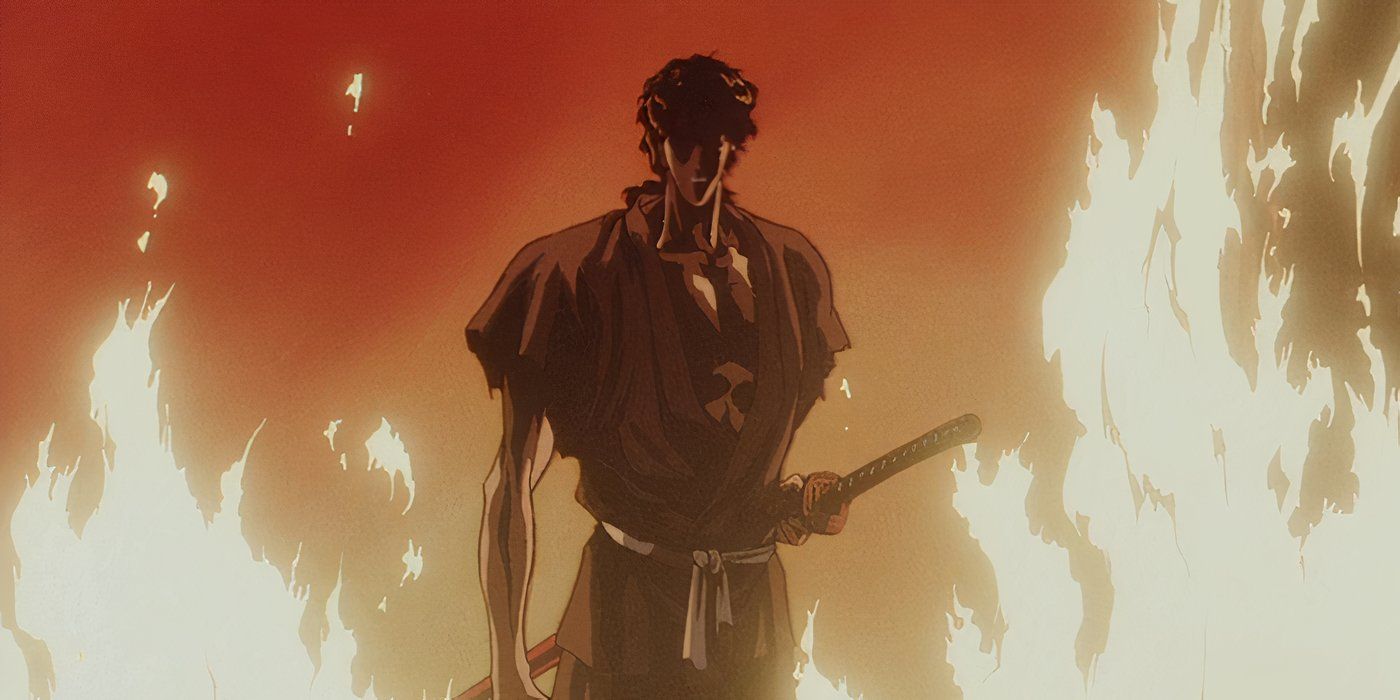
Jubei Kibagami’s journey in Ninja Scroll cemented the film’s status as a landmark anime. The blend of fast-paced sword fighting and fantastical elements influenced later series such as Samurai Champloo and Afro Samurai. Yet, despite its impressive presentation, the film contains deeply disturbing content. It unfortunately relies on repeated instances of sexual assault to move the story forward.
Kagero, the love interest of Jubei, experiences multiple attempted rapes, including a particularly disturbing scene involving an attacker with stone-like skin. These scenes are depicted in a very graphic manner and, unfortunately, diminish Kagero’s character, reducing her to someone defined by her trauma. This repeated use of sexual violence feels like exploitation. Rather than developing the characters or thoughtfully examining the effects of trauma, the film presents these events as simply another type of threat, similar to swords or poison.
Shoujo Tsubaki Is Exploitative Misery Disguised as Art
Few animated films are as well-known for the wrong reasons as Midori: Shoujo Tsubaki, the 1992 movie based on the underground manga Mr. Arashi’s Amazing Freak Show. Although Shoujo Tsubaki holds a place in animation history as an early example of the ero-guro (erotic grotesque) style, the film’s deeply disturbing content makes it very difficult to watch now.
The most troubling aspect of this film is its focus on the exploitation of a child. Director Hiroshi Harada explained that the story aimed to shock viewers and expose the harshness of society. However, the constant suffering and graphic violence made many question if the film’s message justified the on-screen trauma. Shoujo Tsubaki was considered deeply problematic even when it was first released, and most modern audiences would likely find it difficult or impossible to watch again.
Legend of the Overfiend Defined Hentai’s Worst Excesses
Urotsukidōji: Legend of the Overfiend is well-known for making the “tentacle horror” style of anime popular. It was quite shocking when it came out in the late 1980s, but its content wouldn’t be considered acceptable by today’s standards. The film contains scenes of sexual violence, and these scenes are drawn out for longer than the story seems to require.
Rather than simply showing horror or exploring power struggles, Overfiend fully dives into them, offering little opportunity for deeper understanding. Some believe the movie holds significance in anime’s history, but that doesn’t make it any more enjoyable to watch again. Legend of the Overfiend is better understood as a historical example of animation designed to shock, rather than a film that stands on its own as something worth recommending.
Violence Jack Is Infamous For All the Wrong Reasons
Very few anime films are as well-known for their controversy as Go Nagai’s Violence Jack, a three-part OVA series famous for its extreme violence and depictions of sexual assault. The original manga was already considered shocking, but the anime adaptation goes into even more disturbing territory that many viewers would find difficult to watch even by today’s standards. Although the post-apocalyptic world offered a chance for compelling storytelling, Violence Jack focuses on shocking visuals rather than a meaningful plot.
The violence isn’t just intense; it’s unnecessarily graphic and prolonged, seemingly intended only to be shocking. The film frequently uses sexual assault as a plot device. Violence Jack offers little beyond shocking extremes. The main character is an indistinct, almost legendary figure, and lacks any emotional depth to counter the overall sense of hopelessness.
Wicked City Leans Too Much on Shock Value
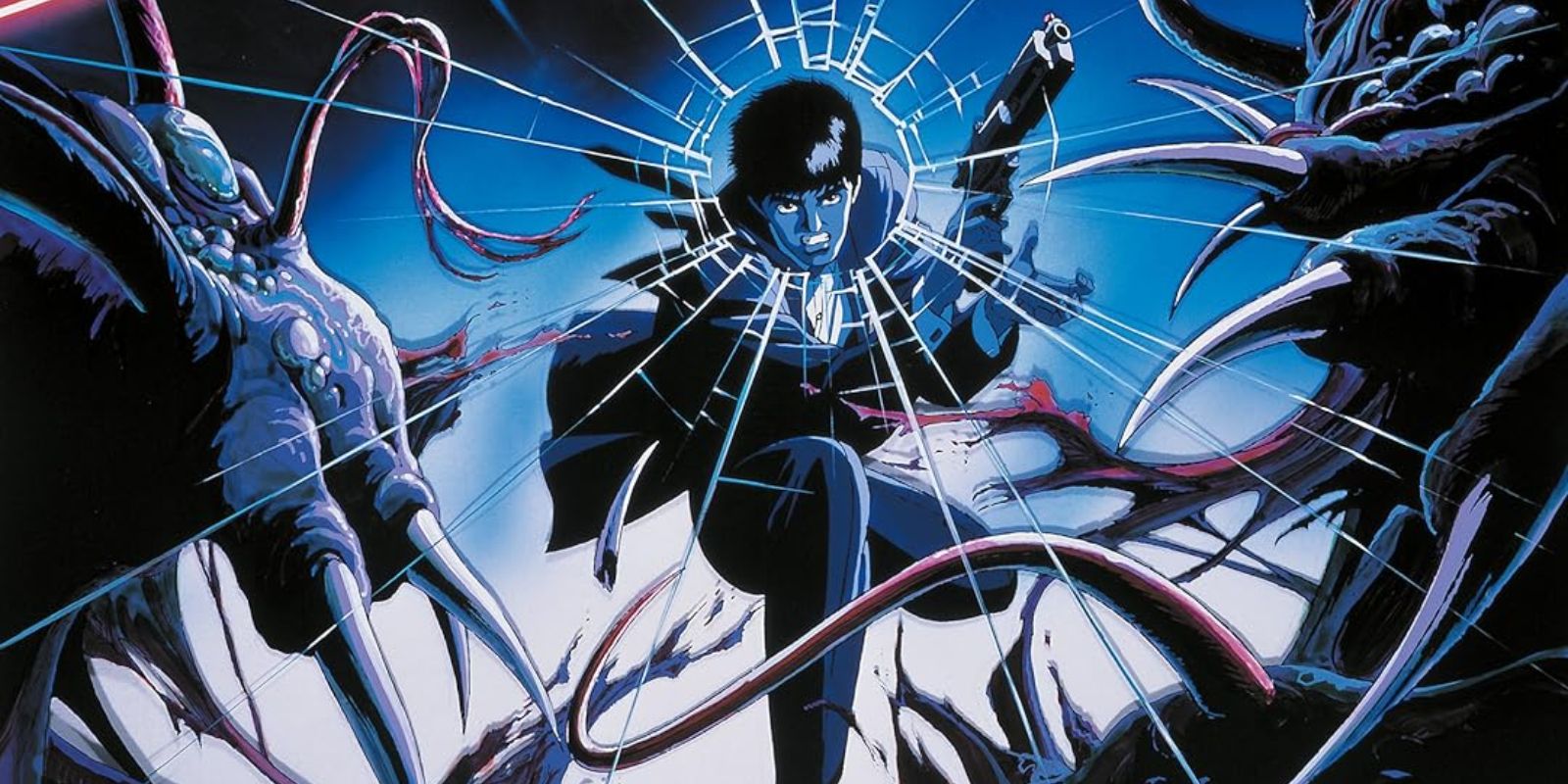
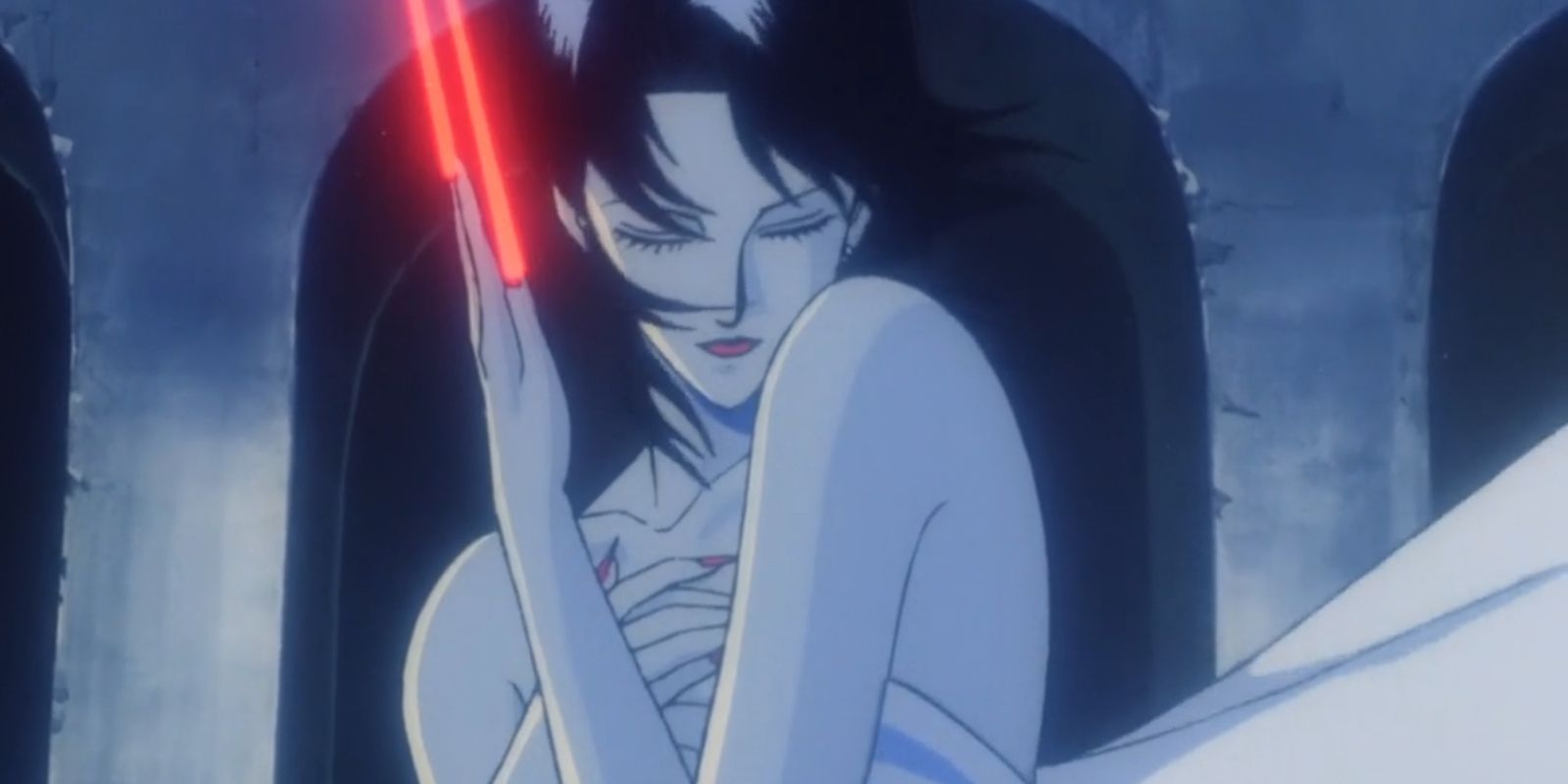
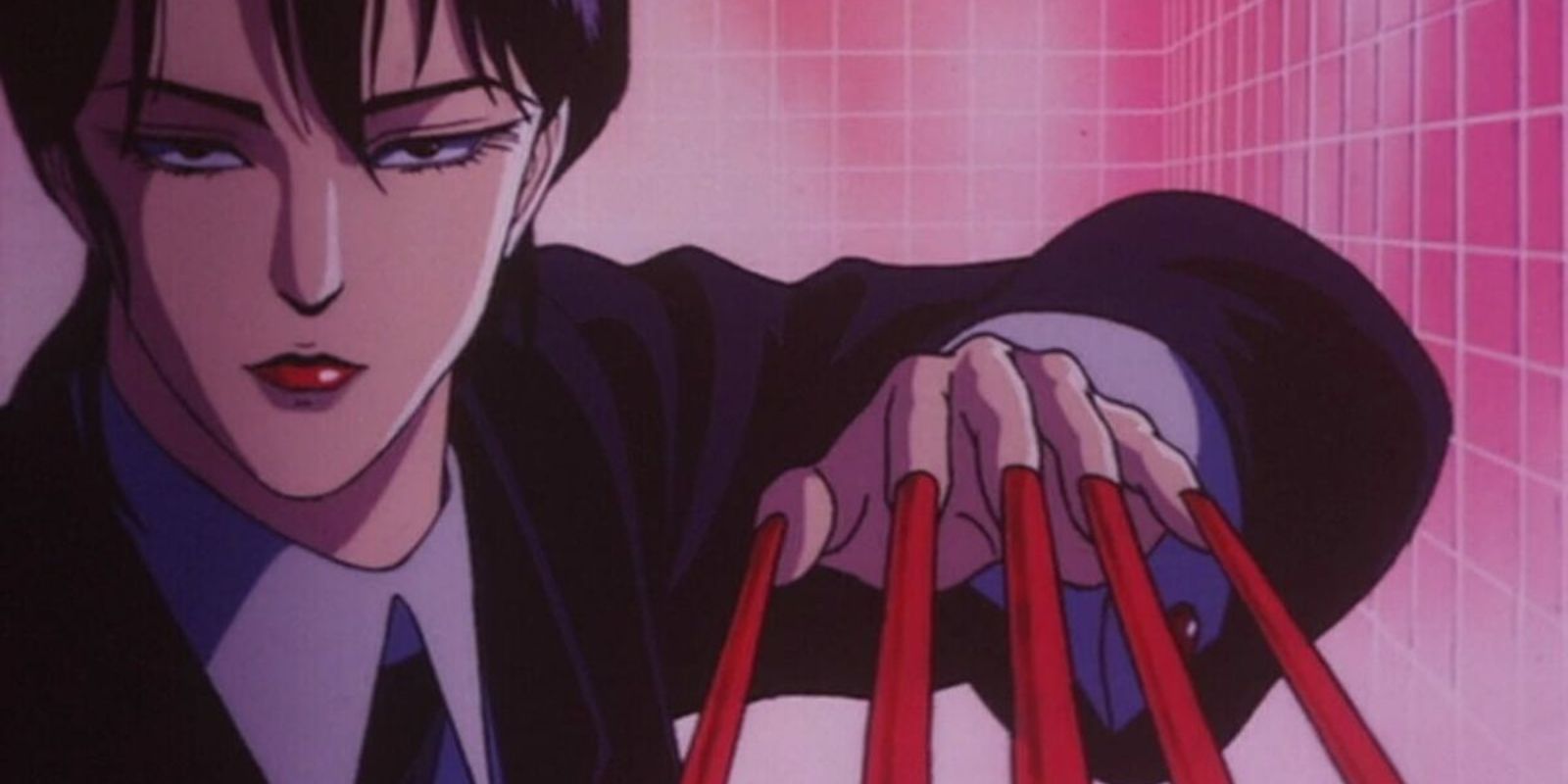
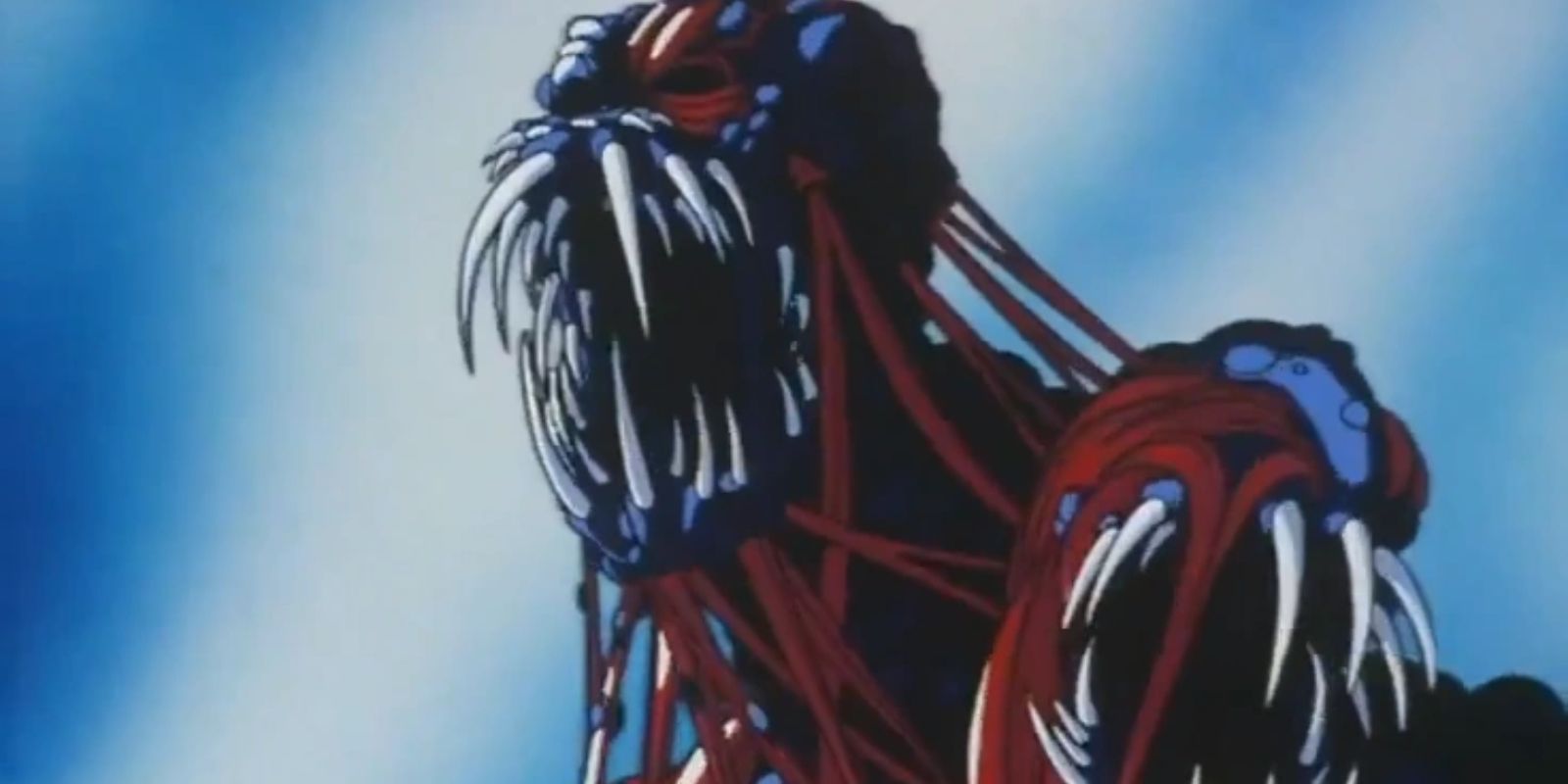
Yoshiaki Kawajiri’s Wicked City is a prime example of an anime film that raises difficult questions. Made in 1987, it blends a dark, neo-noir detective story with disturbing imagery of body horror and very graphic sexual violence. The film centers on people and demons who are trying to negotiate a fragile peace. However, the story often feels more focused on shocking viewers than on telling a clear and understandable narrative.
The female characters in Wicked City are largely shown as either helpless victims or manipulative seductresses. The film repeatedly features explicit sexual assault, and instead of condemning these acts, it often lingers on them with disturbing detail. What truly defines Wicked City is its complete lack of self-awareness. Whereas Perfect Blue at least attempts to confront its darker themes, Wicked City actively revels in them.
Urusei Yatsura: Only You Was Built On Outdated Gender Roles and Sexist Humor
The Urusei Yatsura anime series is known for being a romantic comedy, but its initial movie, Only You, highlights how much comedic styles have changed since the 1980s. Much of the film involves Ataru Moroboshi chasing after women and disregarding personal boundaries. The movie relies a lot on jokes that match “bossy” women with unaware men, reinforcing outdated stereotypes that aren’t well-received now.
Lum, the alien lead character, frequently appears to simply respond to Ataru’s impolite and foolish actions, instead of driving the story herself. This also reduces her independence in a way that doesn’t align with modern portrayals of female leads. Although fans continue to enjoy the Urusei Yatsura series because of its lighthearted science fiction, Only You demonstrates how quickly outdated gender expectations can negatively impact a narrative.
Golgo 13’s Macho Edge Hasn’t Aged Gracefully
Released internationally early on, Golgo 13: The Professional was influential in popularizing anime. Its main character, Duke Togo-a calm and collected assassin-quickly became well-known. However, watching the film today highlights some concerning issues. While Duke is portrayed as the epitome of masculine coolness, his treatment of women ranges from distant to outright exploitative.
In this story, women feel expendable; they’re either brief romantic encounters or suffer violence. This casual disrespect towards women feels especially outdated when you consider how much more carefully female characters are portrayed in modern crime and noir anime. Furthermore, the movie praises Duke’s violent actions. His cold-blooded killings are presented as cool and fashionable instead of disturbing, turning the film into a celebration of violence that lacks deeper meaning.
A Thousand and One Nights Is Full of Racist Caricatures
Osamu Tezuka is frequently hailed as a visionary, but even the most celebrated artists aren’t perfect. His 1969 movie, A Thousand and One Nights, was an ambitious attempt to combine stories from the Middle East with his unique artistic approach. While the film is visually creative, it unfortunately relies heavily on harmful and prejudiced stereotypes. Characters are depicted with overly exaggerated features, and cultural stereotypes are used for comedic effect. The film also dwells on depictions of harems and explicit content that feel very insensitive and out of touch by today’s standards.
What began as seemingly harmless creative exploration now appears as cultural appropriation. This doesn’t diminish Tezuka’s significance, but it highlights how even brilliant innovators were influenced by the limitations of their era. A Thousand and One Nights may be interesting for those studying anime history, but most viewers will likely find it difficult to watch without feeling uncomfortable due to its portrayal of race and religion.
Demon City Shinjuku’s Violence and Gender Politics Haven’t Aged Well
I absolutely love Demon City Shinjuku – it’s got this incredible, dark gothic vibe and is seriously brutal! But honestly, looking back, it definitely has some issues that haven’t held up over time. The women in the film, sadly, aren’t very well-developed; they mostly fall into the tired tropes of being either helpless victims or just there to tempt the male characters. It’s frustrating because the story really leans on those gender stereotypes, which just flattens everything and turns it into cliché. And, let’s be real, the film spends *way* too much time showing off unnecessary sex and violence.
While its harsh style might have appealed to fans of anime from the VHS days who were looking for mature content, today the movie feels less like a compelling story and more like it’s simply trying to shock. What’s especially frustrating about Demon City Shinjuku is that it actually *had* promise. The setting could have been used to explore meaningful themes. However, the movie relies too heavily on predictable, sensationalized plots and superficial characters, marking it as a product of an era when “adult anime” often meant just adding violence and sex.
Perfect Blue’s Brutality Crosses a Line for Modern Audiences
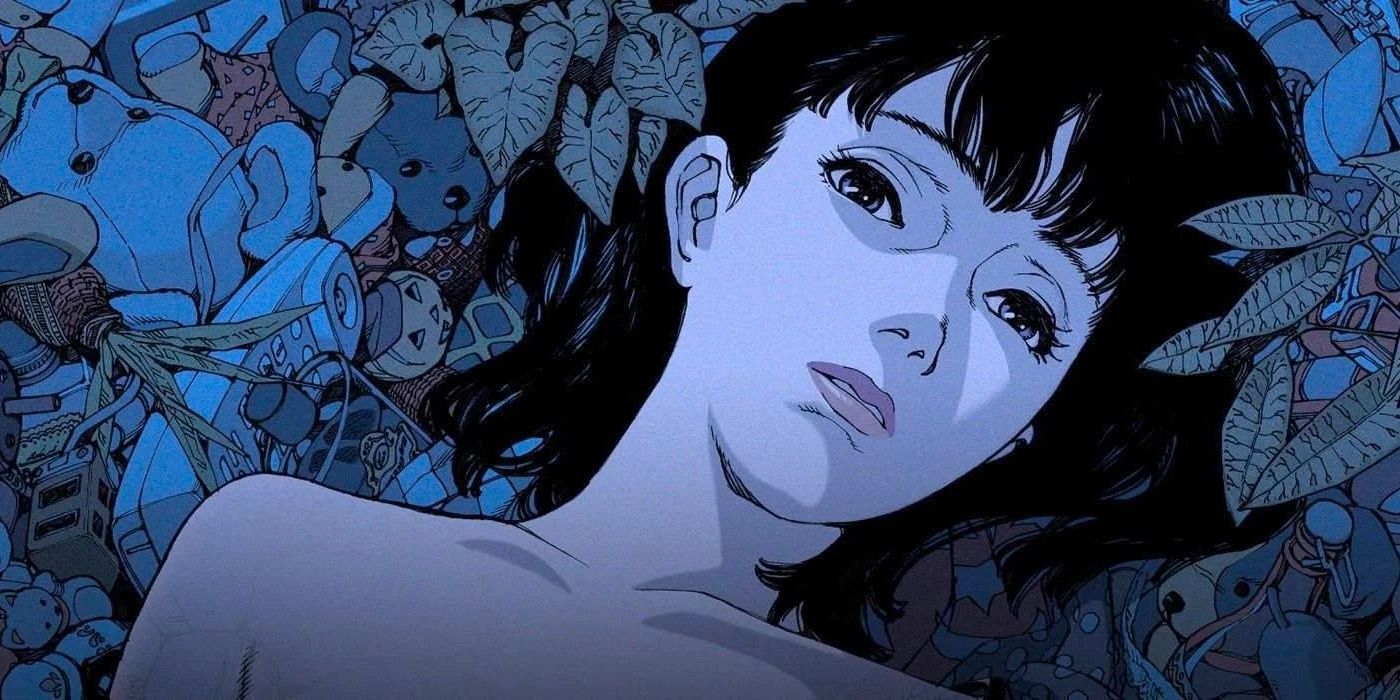
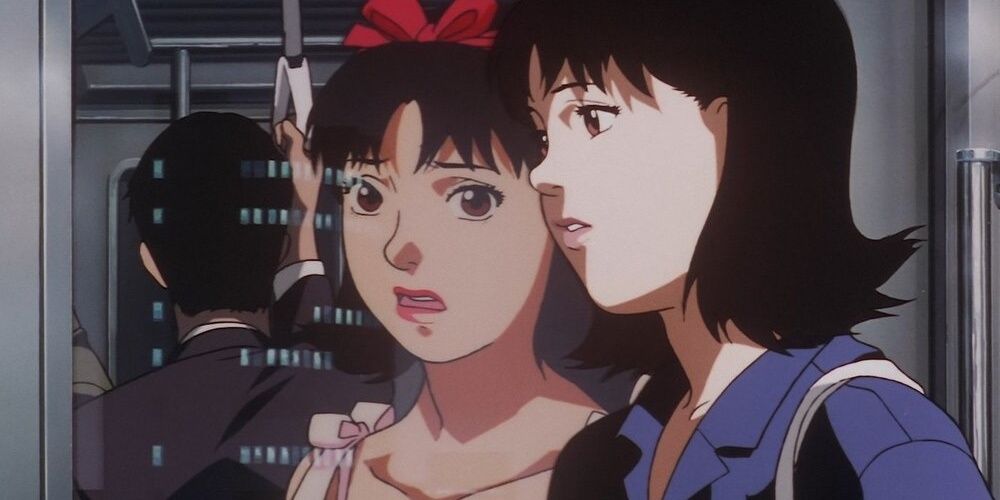
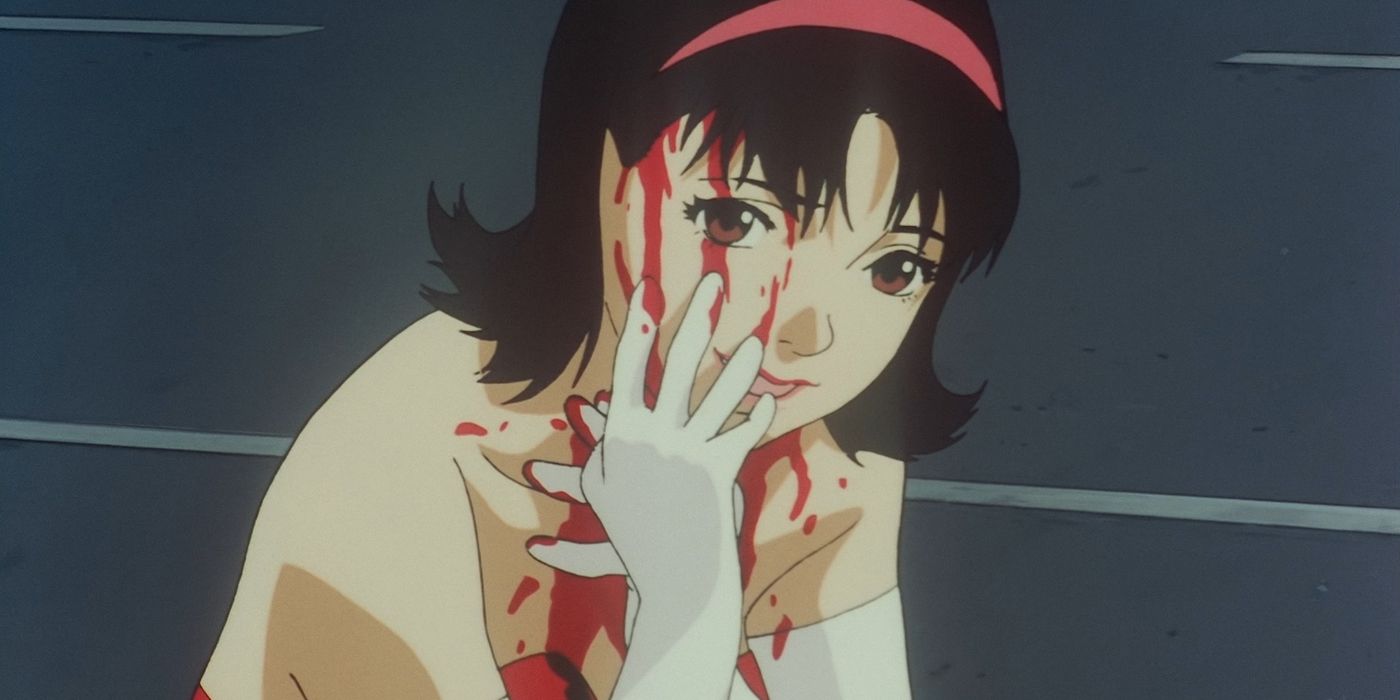
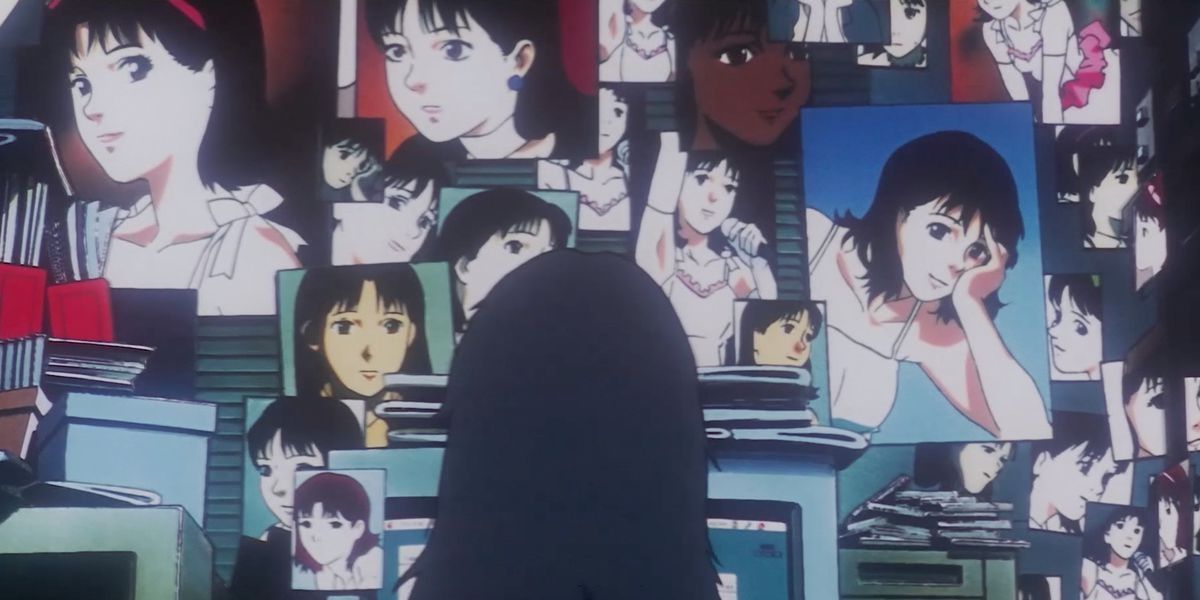
This film is a troubling look at fame, obsession, and how a person’s sense of self can fall apart. However, it also portrays Mima in ways that some audiences might find upsetting and exploitative. It includes a deliberately uncomfortable scene depicting a simulated sexual assault, shown with so much detail that it’s hard to tell if the film is critiquing such acts or simply indulging in them. Furthermore, the movie repeatedly presents Mima’s body in a way that feels like it’s meant to be watched secretly.
While some see this film as a critique of how the public treats celebrities like objects, it often feels very similar to the exploitation it attempts to criticize. Rather than shielding Mima from the audience’s scrutiny, the film frequently focuses on her. Kon’s work remains influential for its psychological depth and visual style, however, its depiction of sexual violence makes it difficult to recommend without significant warnings.
Read More
- Clash Royale Best Boss Bandit Champion decks
- Best Hero Card Decks in Clash Royale
- Clash Royale Witch Evolution best decks guide
- Clash Royale December 2025: Events, Challenges, Tournaments, and Rewards
- Best Arena 9 Decks in Clast Royale
- Clash of Clans Meltdown Mayhem December 2025 Event: Overview, Rewards, and more
- Cookie Run: Kingdom Beast Raid ‘Key to the Heart’ Guide and Tips
- JoJo’s Bizarre Adventure: Ora Ora Overdrive unites iconic characters in a sim RPG, launching on mobile this fall
- Best Builds for Undertaker in Elden Ring Nightreign Forsaken Hollows
- Clash of Clans Clan Rush December 2025 Event: Overview, How to Play, Rewards, and more
2025-10-03 03:42